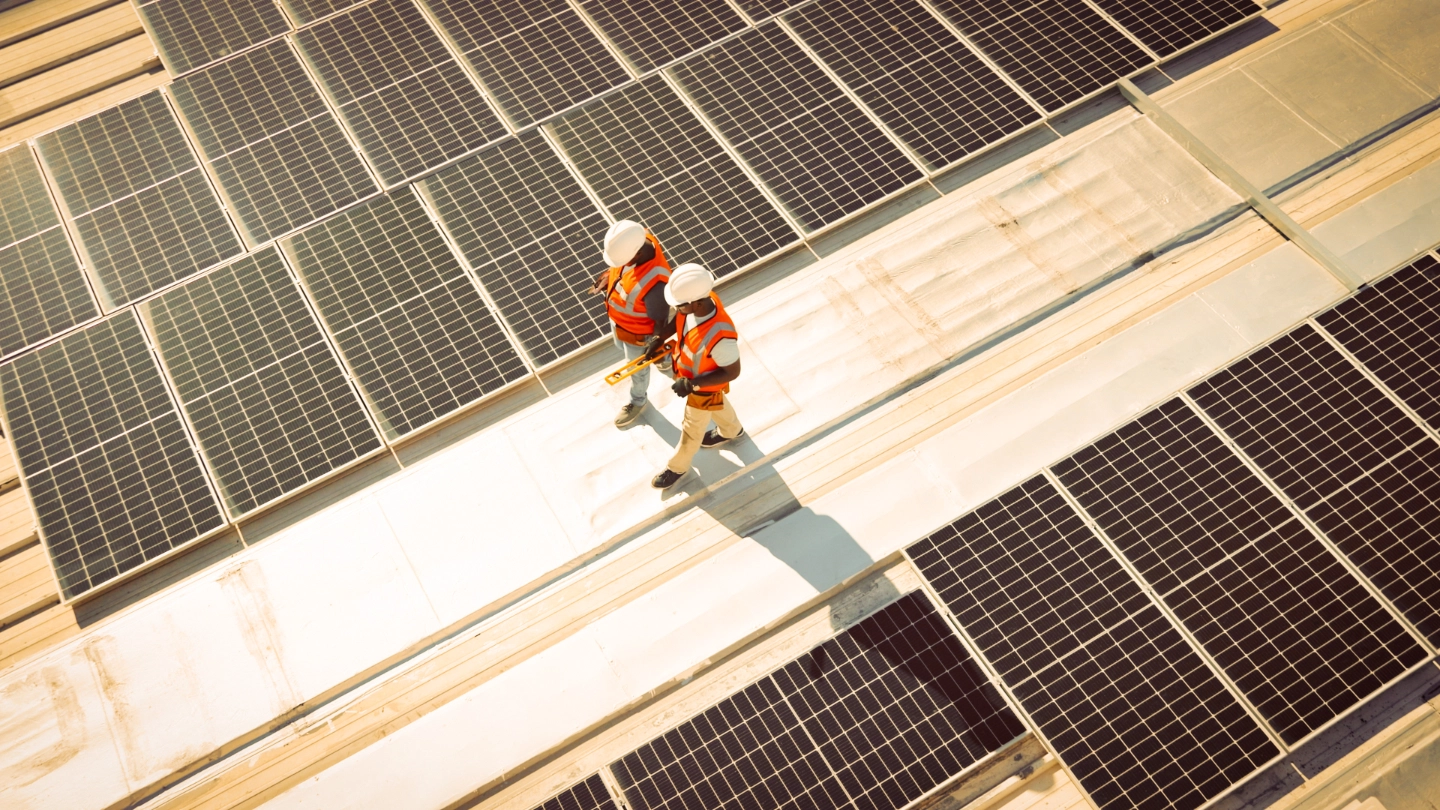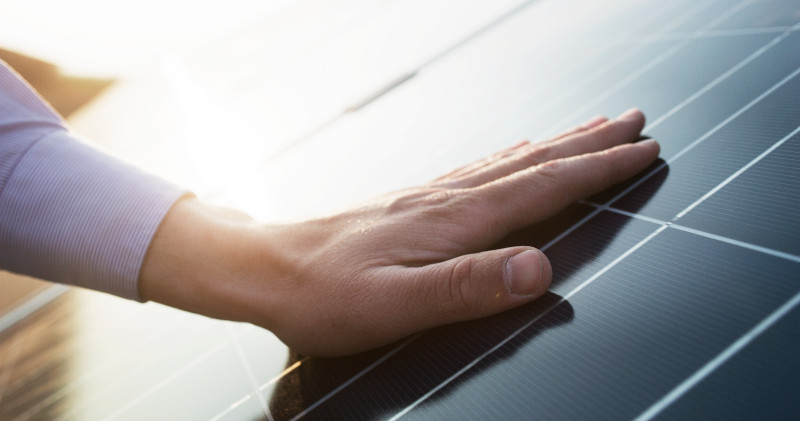
High energy costs have taken a serious toll on many UK businesses in recent years. Indeed, energy price volatility reduced profits for 89% of UK businesses in the last year, according to a survey by PwC published in February.
High energy costs haven’t gone away. While energy prices have stabilised compared to the post-Ukraine invasion spike, high costs continue to dull UK competitiveness, especially in energy-intensive sectors like manufacturing. This is especially pertinent at a time when energy consumption is rising: 83% of businesses expect their energy usage to increase this year, according to PwC’s research.
Things are, however, looking up – thanks to decisive action from businesses. Many businesses my colleagues and I speak to have managed to adapt and have put mechanisms in place to cope with still-high energy costs, whether that's integrating cost plus mechanisms (pricing based on cost plus a profit margin) in their pricing models, or hedging forward energy costs.

However, the nature of the energy challenge has changed. The focus for businesses now is arguably as much around energy security as it is price. By energy security, I mean ensuring they have a regular supply of energy that isn’t hostage to price volatility.
This is a message my colleagues and I hear anecdotally on a regular basis. It’s borne out by some recent survey data too. Almost half (46%) of UK and Irish businesses identify energy security and resilience as a substantial risk to their organisation, according to a report published in May from Centrica Business Solutions. The high cost of energy is still a very real challenge, but energy security is a greater strategic goal in the long term.
One way for businesses to respond to the need for energy security and resilience is by reducing their reliance on energy providers and installing on-site energy generation. Eight out of ten (81%) organisations are planning to do just that, according to Centrica’s research. Many have premises just calling out to be used for solar installations, such as warehouse roofs.
This way, businesses can avoid paying premium prices for grid electricity during peak times and gain greater control over cashflow. It also helps them towards achieving sustainability goals (but it’s increasingly more about energy security than sustainability optics).
Take car manufacturer JLR. It announced last year it would generate more than a quarter of its UK electricity from new onsite and near site renewable energy projects, slashing energy bills and reducing reliance on grid energy. Through these new projects, it aims to produce enough to power nearly 44,500 homes or charge 2.7 million batteries for its I PACE electric SUV range each year.

My colleague Chris Wall has seen it too in the paper and packaging industry. He says: “Buyers are taking more and more responsibility for their own security. I was visiting one not long ago where the entire roof now has solar panels. They've got their own turbine on site. Over the lifespan it will have, it will generate an economic return.”
It’s not just about solar or wind. Some businesses are getting even more creative in securing their energy future. Just the other day, I spoke with a company that built its own biogas reserves to reduce dependence on the grid.
Another mechanism we’re increasingly seeing put to use are power purchase agreements (PPAs) - long term supply contracts for trading power from a renewable power generator to a business. The amount of renewable electricity sold to companies under long-term PPAs rose 35% last year, according to data from BloombergNEF.
To take a couple of examples, Arla signed five PPAs last year in addition to 10 existing contracts, according to a report in the FT. The dairy co-operative has pledged to use 100% renewable energy in Europe from the end of this year. Tesco, meanwhile, recently signed what it says is the UK’s largest ever PPA, securing 65% of solar power generation from Cleve Hill Solar Park on the Kent coast. The supermarket group says Cleve Hill is projected to generate enough renewable power annually to meet the equivalent electricity needs of 144 large stores.

It’s worth noting that larger companies are at an advantage here, as they are more likely than smaller enterprises to have the financial firepower to secure their own energy security.
But that aside, a shift towards improving energy resilience doesn’t look like a short-term fad. For one, the growing use of technology – from AI and data centres to electrified fleets – is driving up electricity demand. That puts additional pressure on an already strained UK grid, which is having to cope with ageing infrastructure, rising consumption, and the intermittent nature of renewable generation.
So energy resilience is becoming a critical strategic concern. It’s likely more and more companies will take matters into their own hands - investing in self-generation, entering long-term renewable contracts, and rethinking their relationship with the grid.
Want to learn more?
































